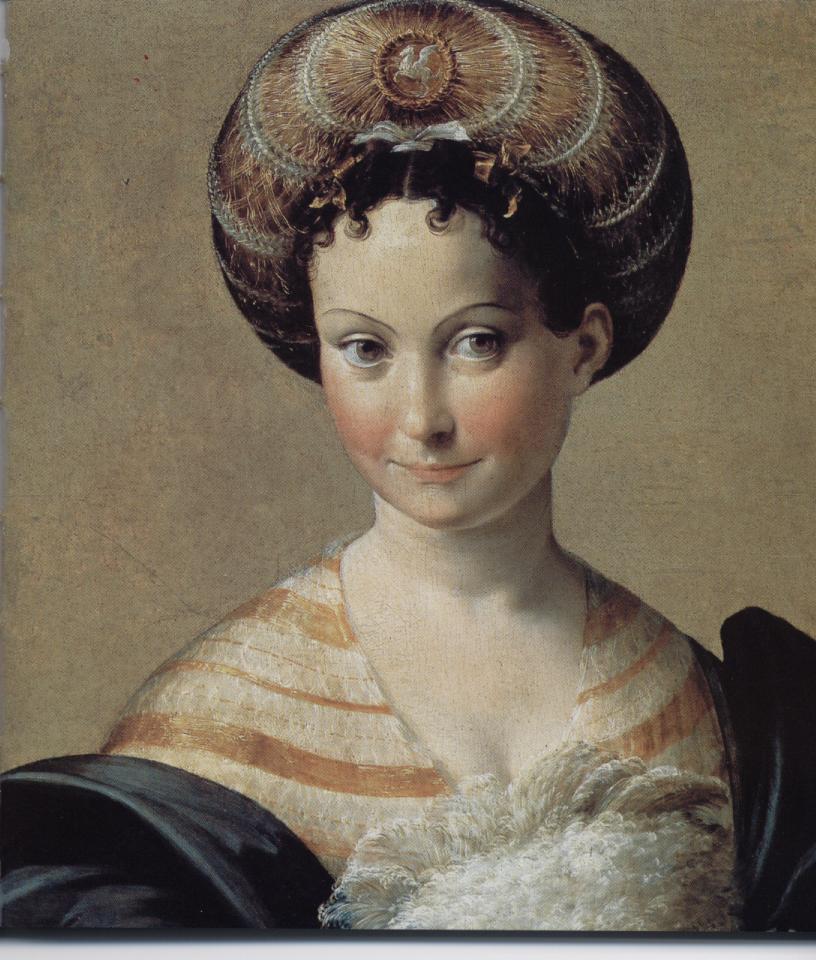
Parma is Italy's "food capital," a city of art and culture, theater, opera, and sport.
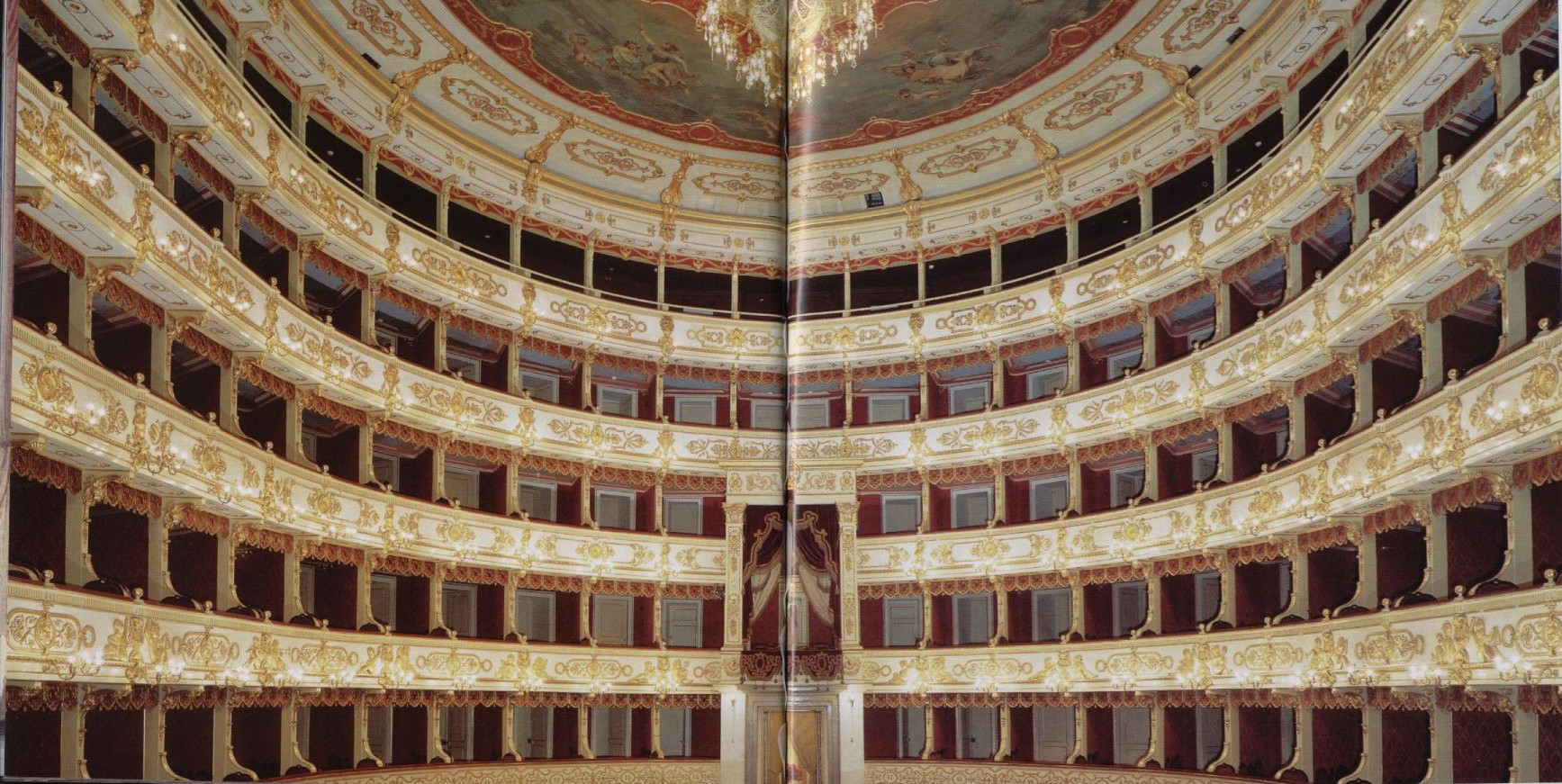
Parma, city of traditional aristocratic cultures, rich with precious works of art and a capital city in its past, famous for its most illustrious children and for artists who worked there--from Benedetto Antelami to Salimbene, from Correggio to Parmigianino, from Bodoni to Verdi and Toscanini, from Stendhal to Proust-- is totally unlike any of the many beautiful cities that attract visitors to Italy.
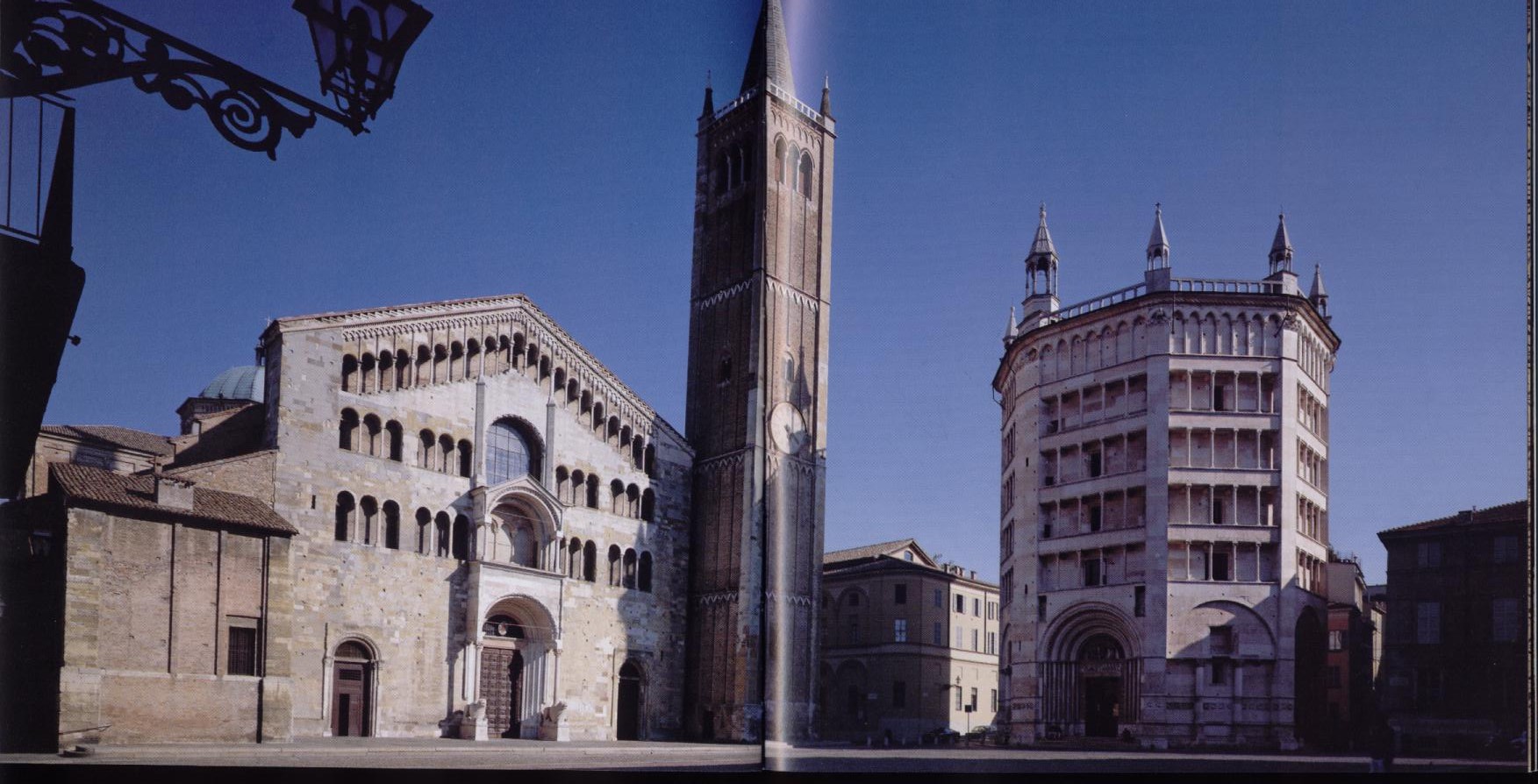
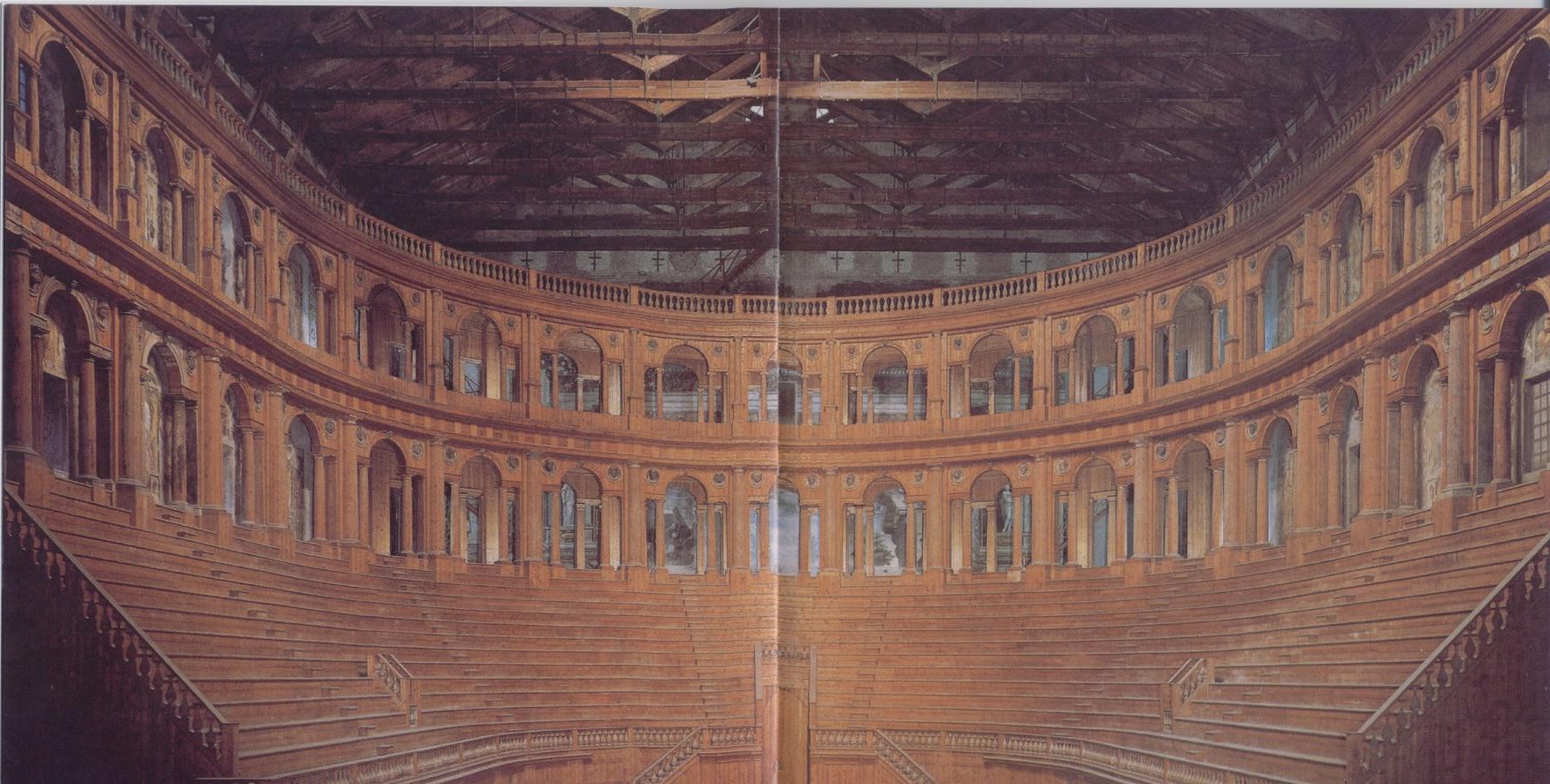
Parma, a provincial capital, has 170,000 inhabitants. It is located in the Emilia-Romagna region, half-way between Milan and Bologna. It is proud of its historical city centre and has monuments of particular importance, from romanesque to art-nouveau style. In fact, it has been historically marked by the enlightened government of Maria Luigia, the wife of Napoleon, when it was the capital of the Duchy of Parma, Piacenza and Guastalla. The province is characterized by its vast and beautiful mountainous areas, and hosts several castles. Parma is famous as the capital food centre of Italy, for its unimitable products and in particular for its Prosciutto of Parma, cured pork meats, and its world-famous Parmesan Cheese.
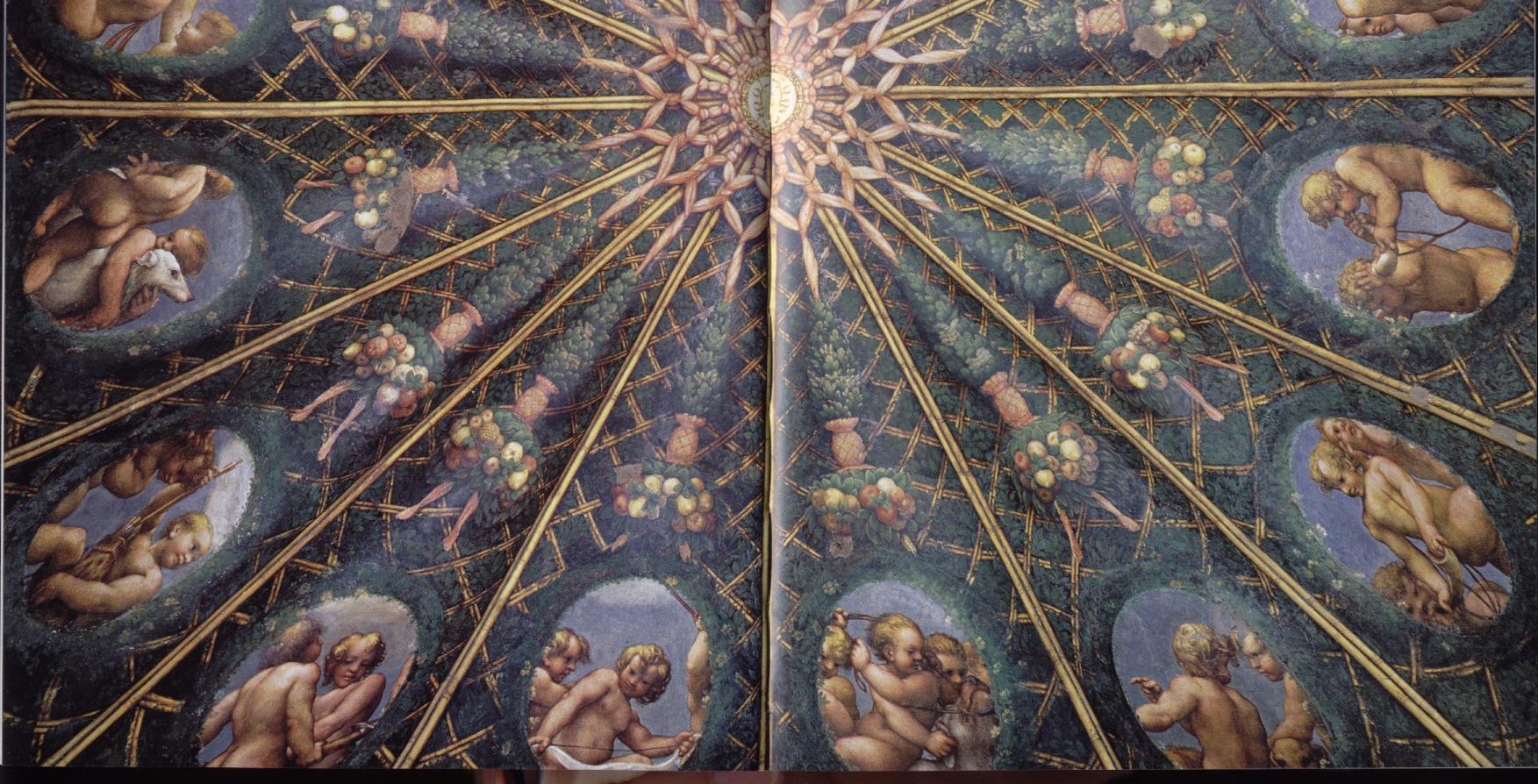
Its main monuments are the Palazzo Vescovile, the 11th-century Duomo, the Battistero (one of the most important Medieval monuments in Italy), the San Giovanni Evangelista church (12th century), the Church of Steccata (16th century), the Palazzo della Pilotta with his extraordinary Teatro Farnese (16th century), the Town Hall (17th century), the Teatro Regio (one of the most famous in Italy for grand opera), the Church of "Annunciata," the Certosa of Paradigna, the Palazzo Ducale, the Palazzo del Governatore, and the Ospedale Vecchio.
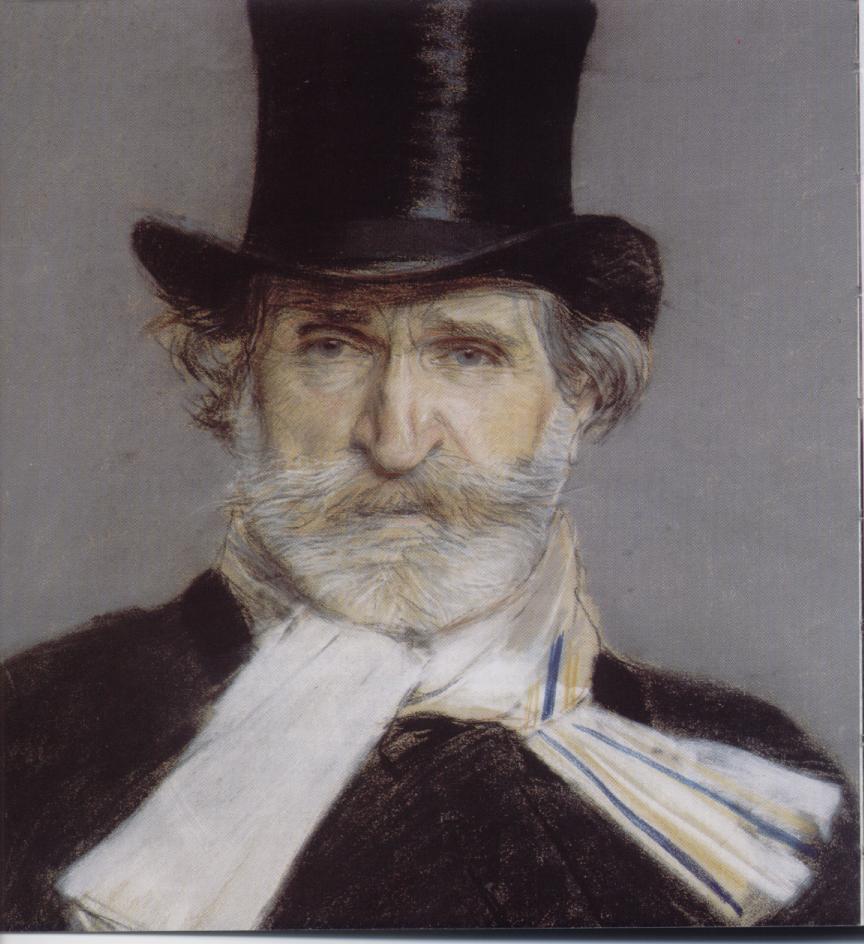
Giuseppe Verdi, the most famous Italian opera composer, was born in Roncole of Busseto, near Parma, on October 10, 1813. He soon developed an inclination to music; he practised playing a modest spinet while helping his parents with their shop, a modest tavern; at twelve he went to Busseto, and started working for the shop-keeper Barezzi, who then became his protector, while also studying music with the band teacher Provesi and latin with the canon Seletti. He went to Milan thanks to a pawnshop grant and Barezzi's financial support: at nineteen he tried to enter the conservatory but he failed the entrance examination, and continued his studies with the teacher Lavigna. When he came back to Busseto he worked as a music composer of the municipality and conductor of the band. His first opera was "Oberto Conte di San Bonifacio" (1839) successfully performed at the La Scala Theater in Milan. His second opera, "Un giorno di regno"(1840), a comic work, was a complete fiasco, thus adding more pain to the family misfortune. His extraordinary operatic production began just at that time. His untiring and prodigious activity did not succumb even to the old age, which he spent in Villa Sant'Agata, very close to Busseto. Giuseppe Verdi died in Milan on the 27th of the January 1901, and he was buried in the Home for Musicians he himself founded.
The territory around Parma, which has a variety of geological features, runs from the river Po to the ridge of the Tuscan-Emilian Appennines, acting as a communication corridor between northern and southern Italy: a fact which, over the centuries, has encouraged the intensive growth of agriculture, industry, trade, and tourism. Important works of art from every period, and traces of the past in general, are fouund throughout the territory, with a lot of castles, fortresses, and palaces.
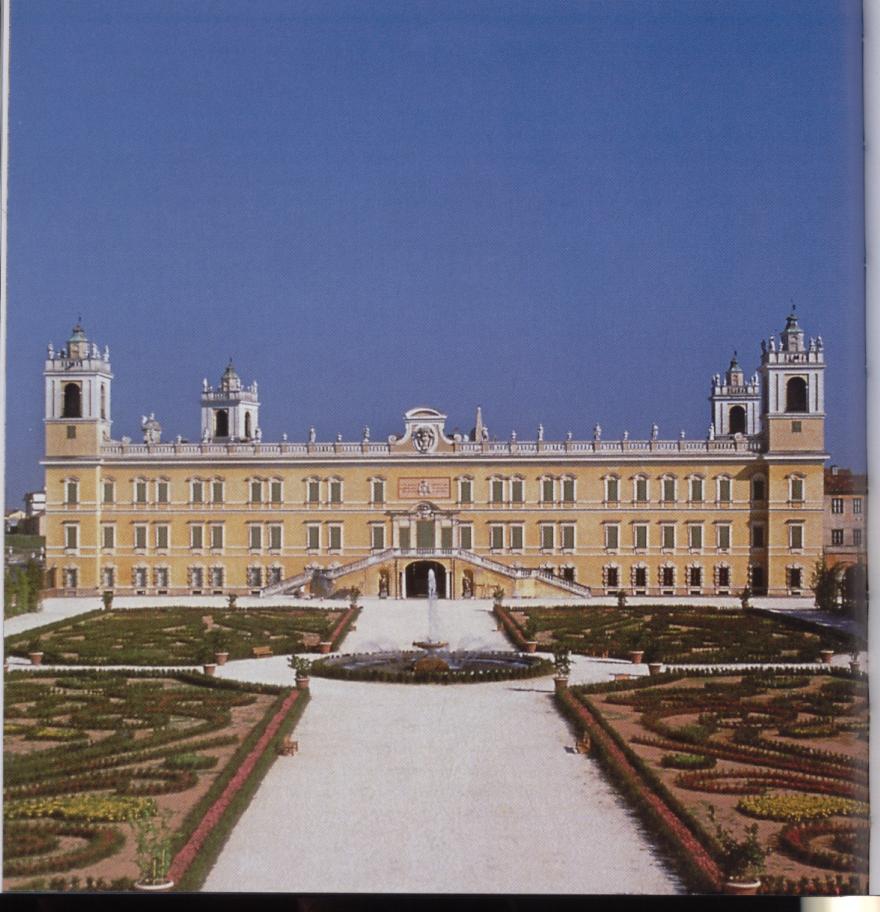
Among the most important of these are Fontanellato, Soragna, San Secondo, Colorno, and Roccabiana in the lower Po river plain, Torrechiara, Felino, Montechiarugolo and Sala Baganza in the hills, and Bardi and Compino in the mountains.
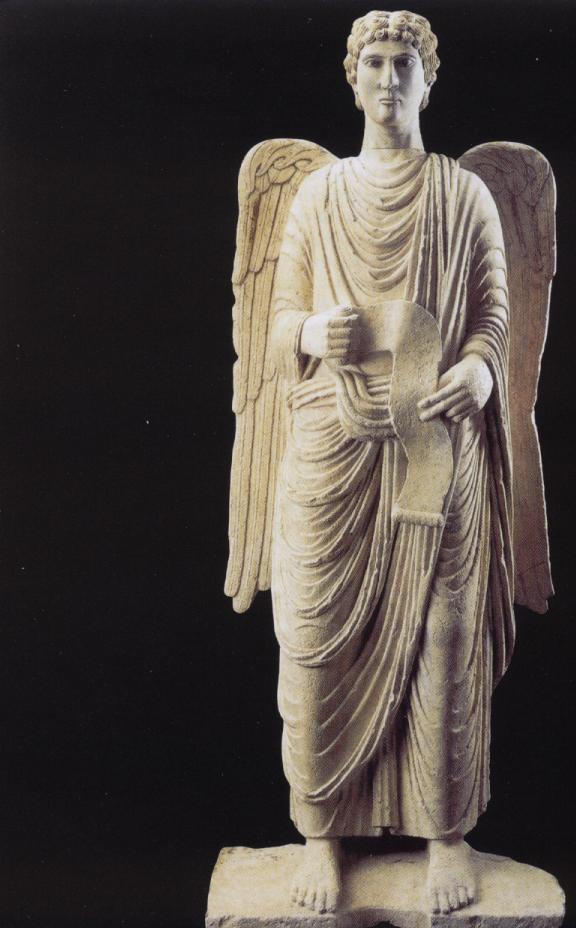
Various places in the area are als widely known as "home to Verdi" (Busseto, Roncole Verdi and Sant'Agata), where the great composer was born, lived, and left his mark.
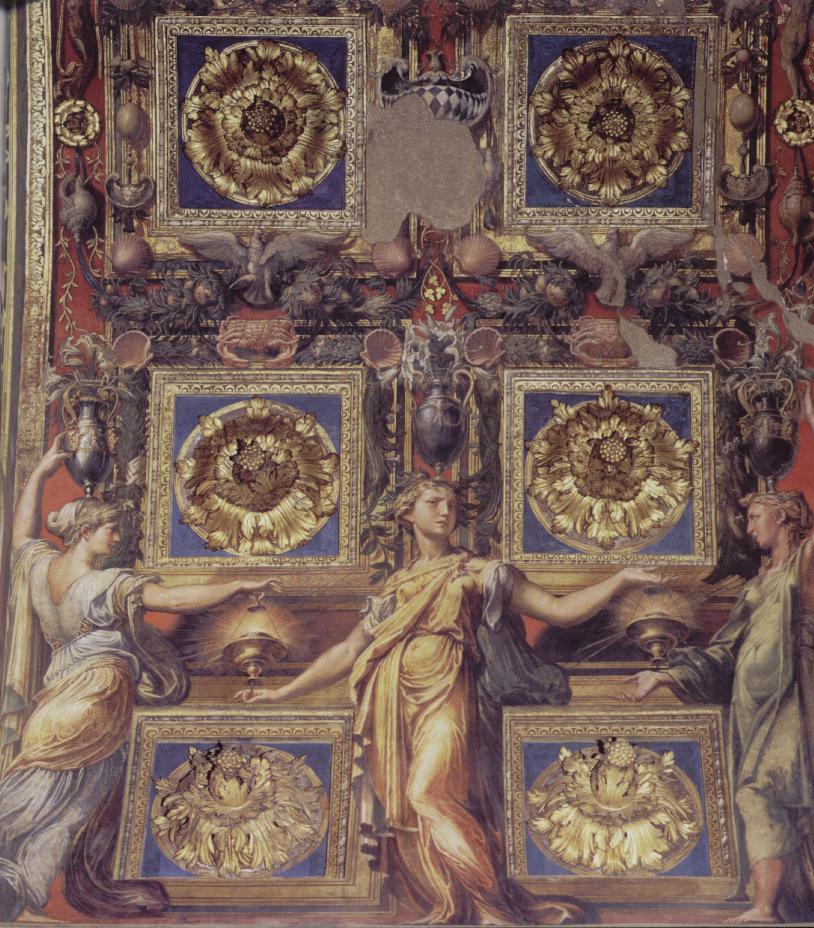
A key factor bringing tourists to Parma is its long-standing tradition connected with food. The area around Parma has earned itself the nickname "Food Valley," and is known for internationally renowned brands such as the Parmesan cheese, culatello (a kind of prosciutto), and salami.

Culatello is one of the most prized and expensive cured meats. It is made by salting an entire hind leg of pork and letting it age for over a year. (The duration of the aging process has been reduced with current industrial technology). It is advisable to let Culatello stand in white wine for over a week before serving to enhance its flavor and aroma.

Culatello is similar to prosciutto, but is aged into a casing, and its taste is much smoother and sweeter. Only the best part of the hog leg is used for culatello, which is boned and rubbed immediately following the slaughter
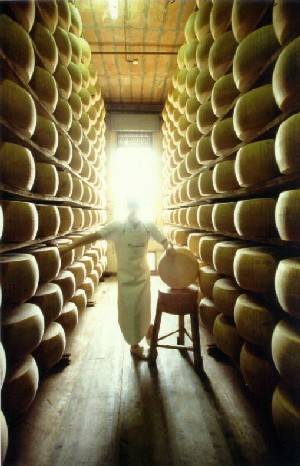
with a compound of salt and other herbs and spices. It is then wrapped into a layer of fresh hog fat, stuffed into a natural hog casing, securely fastened with a strong thread, hung in a cellar, and slowly aged for at least a year. When the time comes to enjoy the culatello, it is placed into a bath of white wine for a few days (some prefer to wrap it into a cloth soaked in white wine). The thread, casina and protective fat is then removed, and the sausage is eaten sliced like prosciutto.
